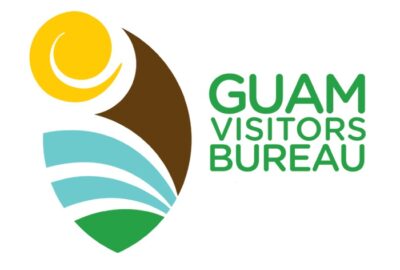From overtourism to poaching, here are some downsides to using your phone’s location services.
When traveling, you might tag your latest whereabouts in an Instagram story, post an airport check-in via Facebook, or tweet about culinary adventures in a new restaurant. The reason you can post your location is a useful feature called geotagging, which adds your GPS-location metadata to a video, photo, and other media content. It’s one of several convenient ways people document their travel.
But like with most technology, geotagging comes with trade-offs, too. Consider these scenarios the next time you wonder whether to refrain from tagging.
Geotagging can fuel overtourism
For tourist spots in travel guides or burgeoning areas hoping to attract more visitors, a viral, geotagged post could drive foot traffic. But for places like Horseshoe Bend, Bogle Seeds Farm, and Kaaterskill Falls, which don’t have the infrastructure to support thousands of visitors, geotagging is one of many factors that can skyrocket tourism to unmanageable levels and affect the local environment.
Eight days after its season opening in July 2018, Bogle Seeds Farm in Ontario, Canada, had to temporarily shut down when 7,000 people arrived in a single day, leaving trash and damaging sunflowers. In Hunter, New York, four people have died trying to take photos at Kaaterskill Falls, a destination increasing in popularity because of Instagram geotagged posts. In the 1990s, a couple thousand tourists visited Horseshoe Bend in Page, Arizona. Now, it gets 1.5 million—and according to Vox, geotagged posts have contributed to this surge. The city of Page is constructing sustainable ADA-compliant infrastructure to accommodate newcomers.
It’s tricky to predict viral posts, but the speed at which geotags can accelerate existing tourism, compared to guidebooks, is something communities now have to anticipate.
GOT NEWS? click here
Google News, Bing News, Yahoo News, 200+ publications
Geotagging could expose the privacy of vulnerable people and wildlife
As technology advances, so do the methods poachers and traffickers use. In July 2013, someone tried to break into the email account of Krishnamurthy Ramesh, a Wildlife Institute of India researcher, who at the time was helping with the monitoring program at Panna Tiger Reserve in Madhya Pradesh.
Encrypted GPS-data of a Bengal tiger was in Ramesh’s account, and this incident raised a lot of questions about cyberpoaching. While there’s only anecdotal evidence to show poachers use geotagged posts to track wildlife, some researchers wouldn’t discount tagging as a potential weapon in poachers’ arsenals.
Another possibility? Hackers could use geotagged posts to easily track people. With the amount of data, location-based search tools, and services available, vulnerable people, such as domestic violence victims, can be at risk if they’re unintentionally added to a geotagged photo.
What to do
There are tools to reduce risk to you and others. Depending on the device, manufacturer, and operating system, disabling geotag functionality is as simple as going into privacy settings and turning off location services or geotagging. To remove geotags in existing photos, you can use apps like Image Optim. But what’s most important is using good judgment and being mindful of responsible geotagging in the first place.







